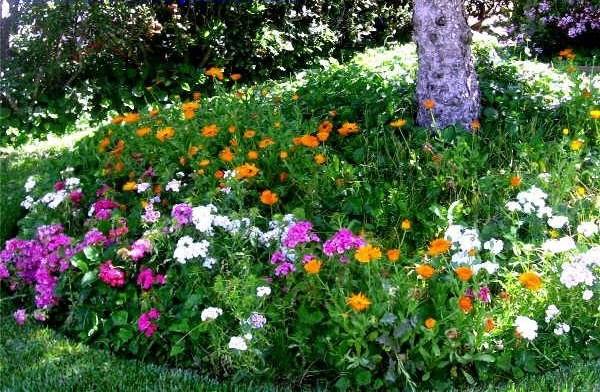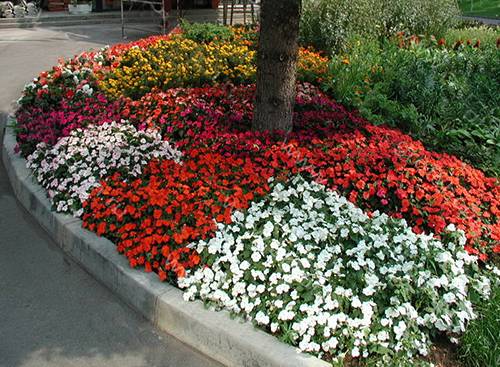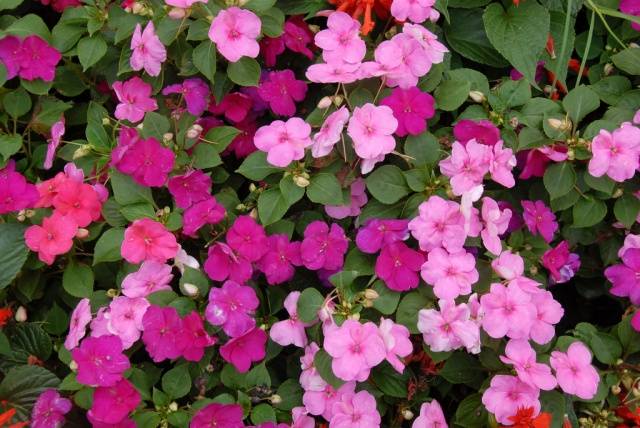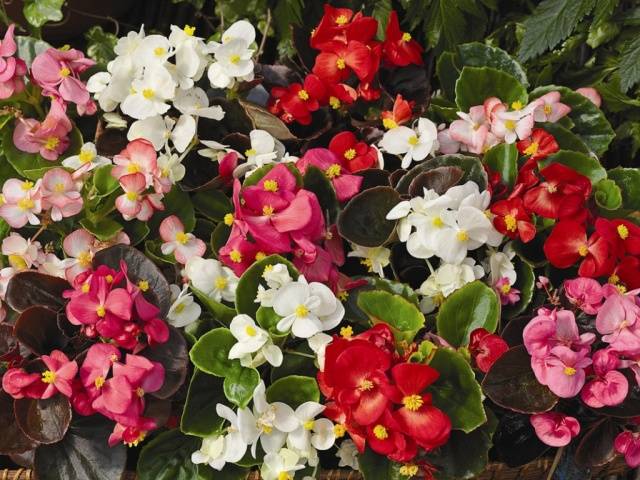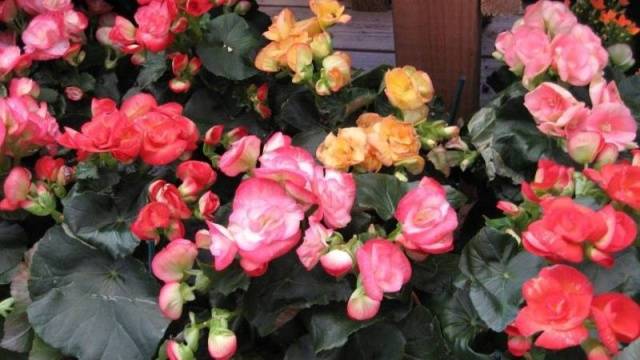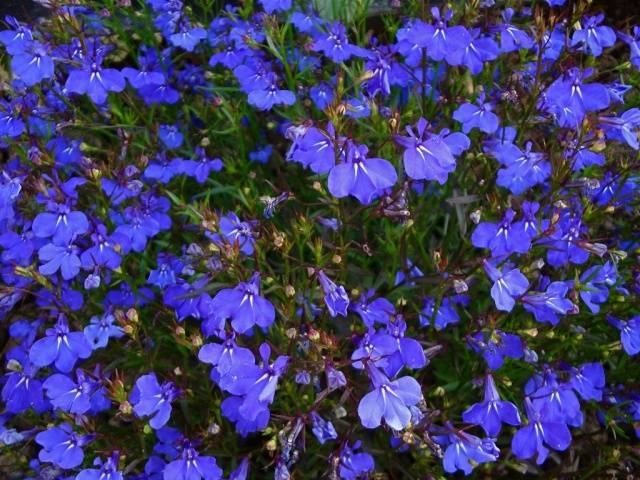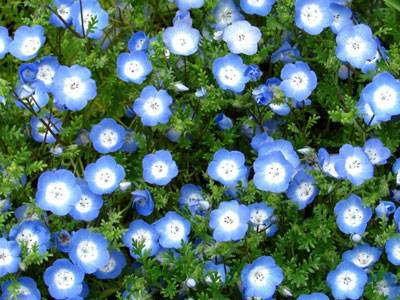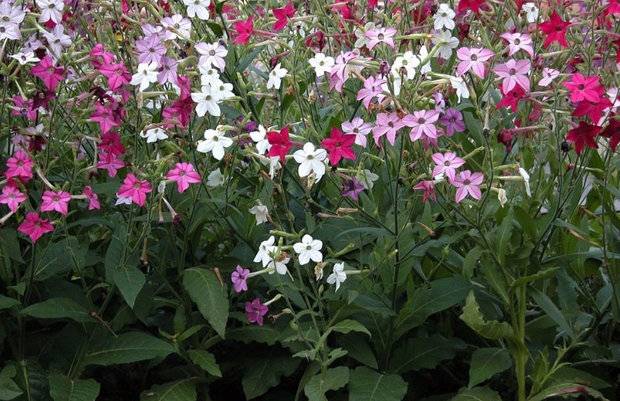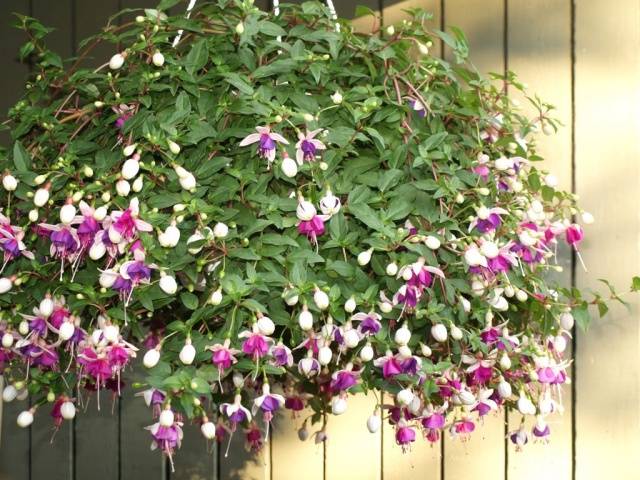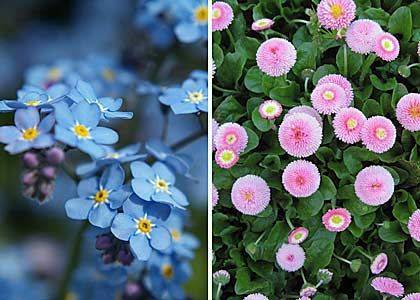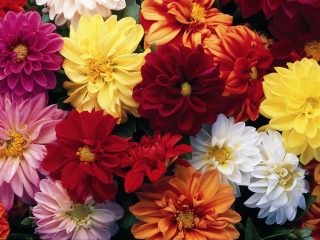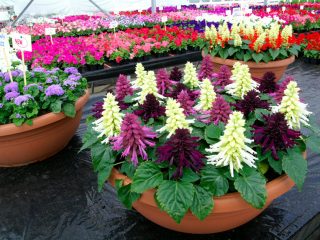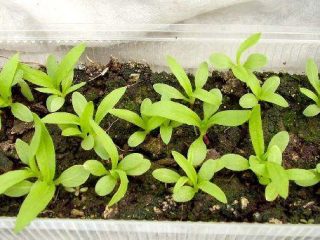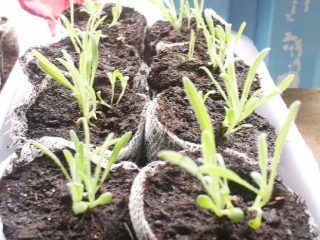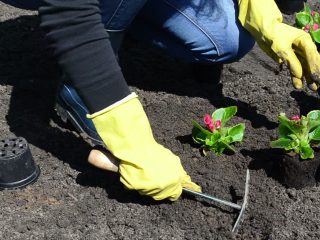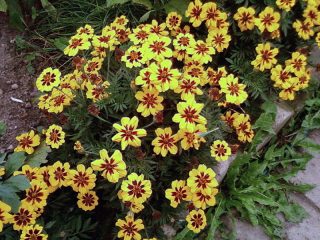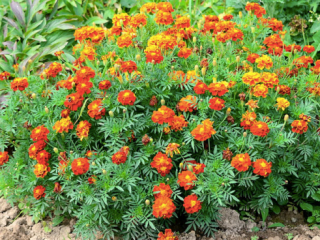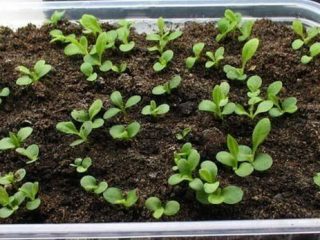Content
In every garden there are sure to be places where the sun rarely or almost never looks. Most often, these areas are located on the north side of the house and various buildings. Blank fences also provide shade, which, depending on the location of the fence, can move during the day. If you have adult fruit trees or even forest trees such as birch, spruce, pine and others on your site, then the space under them is usually empty, since rarely any of the plants wants to grow in such conditions. And summer residents and gardeners who want to decorate every square centimeter in the garden are haunted by the idea of planting some attractive looking shade-tolerant plants in such shady places.
But the shadow is also different. And, although the vast majority of garden plants and flowers love the sun and strive for it, many of them need a rest from the scorching sun rays during the day. And some of the flowers, which originate from shady forests, would prefer to grow constantly in an area of diffused sunlight.
Easiest to pick to decorate shady areas in the garden perennial flowers... Among them there are many who want to live away from the sun. If you want to diversify shady places or get your shade-tolerant plants to bloom in the current season, then you need to think about annuals. True, shade-tolerant annuals are the exception rather than the rule, since the vast majority of them are able to develop well and bloom only in the presence of sunlight. But still, even among annuals, you can find suitable candidates for resettlement in shady areas of the garden. It is about annuals for the shade, blooming nevertheless, all summer, and will be discussed in this article.
Plants and shade
If we talk about shadow areas, then their illumination is determined not only by the intensity of sunlight, but also by its duration, which can vary depending on the movement of the sun. So, there are areas that are in dense or full shade for almost the entire day.
An example would be a part of the territory north of any buildings, or a piece of land under spruces or old tall apple trees, giving an almost impenetrable shade.
It is another matter if the territory is illuminated by the sun only in the morning or evening, and most of it is hidden in the shade in the middle of the day. In such conditions, which can be called penumbra, many shade-tolerant plants will grow and bloom with pleasure. Among the annuals, there are also many varieties that will tolerate such conditions quite well.
There is also a third option for shady conditions, which will also be attractive to many shade-tolerant plants, especially in the south. This is the so-called diffused light that forms in the shade of the crowns of most deciduous trees: birch, acacia, aspen, bird cherry, plum, cherry, and pine. Such a shadow can also be formed due to some kind of artificial shading in the form of a mesh or polycarbonate coating, the use of which has become very popular in recent years, especially in the southern regions of Russia.
Shade-tolerant annuals love sunlight, but, due to their general unpretentiousness to the degree of illumination, they can endure many conditions. Shade-tolerant annuals will have enough and 3-5 hours of sunlight in the morning or evening hours. But the intensity and duration of flowering in some species of shade-tolerant annuals can be reduced in such conditions.
Shade-loving annuals prefer to grow exclusively in diffused light. Shade-loving species of annuals will happily develop and bloom provided the sun appears only for a few hours a day, preferably in the morning or evening hours. Typically, these annuals have a dark, rich foliage color.
Shade-loving annuals
There are not so many plants in this category, but they will gladly take on the role of decorating shady areas.
Balsam
This old shade-tolerant garden plant, beloved by many, is both annual and perennial. True, perennial varieties in the Russian climate are also grown as annuals. But, at the end of summer, they can be transplanted into containers and sent to the house for the winter.
Balsam needs fertile, light, moist soils. Although he also does not tolerate excessive moisture, especially in the initial stages of growing plants. Balsam is very thermophilic and therefore it can only be planted with seedlings when the slightest possibility of recurrent frosts disappears.
The flowers of this annual reveal red, white, pink and purple hues.
Begonia
This genus of plants is almost the most numerous in the world in terms of the number of species and almost all of them can be ranked not only as shade-tolerant, but also shade-loving. In Russia, in the open field in the summer, mainly two species are grown - tuberous begonia and ever-blooming begonia. Both species can be propagated by seeds, only it is necessary to start germinating seeds in January, since they develop very slowly in the first stages.
In the future, tuberous begonia can be stored for the winter in the form of tubers.
Both types of begonias disapprove of direct sun and will do quite well in partial shade conditions. Unlike many other shade-tolerant plants, they retain their brightness in such conditions. They can be planted directly in the ground or grown in containers. Only due to their love for warmth, it is recommended to plant them outside no earlier than the last frosts disappear.
Lobelia
It cannot be said that lobelia was a true shade-loving annual. She also likes to grow in the sun, but unlike many others annual flowers, in semi-shady places, it does not at all lose either the brightness of its flowers or their abundance. This annual is also unpretentious to temperatures and quite tolerates cold and damp weather in adulthood, continuing to bloom intensively.
But you need to be careful with feeding this annual, since lobelia can intensively drive out greens, but it will be stingy with flowers.
Mimulus
Most mimulus are perennials by nature, but they are grown in our country only as shade-tolerant annuals. The people called him a lipstick for the shape of a flower. Translated from Latin, it is called "the buffoon's flower." The name was given to the plant, apparently, for the bright, almost provocative color of flowers. Interestingly, such a bright color does not fade at all when grown in shady conditions.Moreover, this flower practically cannot stand the direct sun, therefore it can be attributed to real shade-loving annuals. It is better to grow it by seedlings, as it develops slowly in the first months. But on the other hand, in the fall, Mimulus is able to withstand minor frosts down to -3 °.
The flowers are very beautiful - all the petals are dotted with patterns and strokes. Bushes can reach a height of 25-30 cm, and the diameter of a flower can reach 6-8 cm.
If you periodically cut off the shoots from him, thus stimulating new waves of flowering, then he is able to delight you with his exotic look until late autumn.
Molucella
Among the shade-tolerant annuals, you can also find such a rare, unusual species of plant native to Syria. Its popular name is Irish bells. Molucella conquers not so much with its beauty as with its unusual appearance. On top of that, the plant has thorns all over its surface that are not visible to the eye, so you need to touch it with caution. But it grows well in shady conditions. And if you want to show off an outlandish rarity in front of your friends, then molucella is what you need. This plant also dries well and can be used as a component of winter bouquets. This shade-tolerant annual is grown from seeds, but the process can be quite complicated, so it is better to try to find seedlings of these flowers.
Nemophila
A small groundcover shade-tolerant plant native to America. Quite rare in gardens, although it deserves more popularity. The popular name is American forget-me-not. It is unpretentious, it grows in almost any conditions. This annual can be easily seed-grown, due to its resistance to cold weather, it can be sown directly into open ground at the end of April. Nemophila is not typical shade-loving floweras it blooms and develops better in the sun. But due to its unpretentiousness, it is quite capable of blooming in partial shade, without losing the color of flowers. The only problem in growing this annual can be proper watering. Nemophila does not tolerate locking, but in dry weather she will definitely need additional watering in order to maintain flowering.
Winged tobacco
This shade-tolerant annual was very popular with our grandmothers, but then faded into the background. In recent years, interest in the plant has been renewed. After all, it has many advantages, among which in the foreground is a charming aroma, which can compete in intensity only with two-horned matthiola, or night violet. In addition, these plants can grow up to 100 cm in height and have a wide variety of flowers. Well, and, finally, winged tobacco feels great in shaded areas. Its flowers open only in cloudy weather and always at dusk.
The length of the inflorescence can be up to 8-10 cm. Flowers stand well in cut, in water, without losing their attractive appearance for up to several days.
But such a handsome man also requires careful care. He definitely needs regular watering and feeding during the entire flowering season. And it can continue until the onset of frosty weather.
When buying ready-made tobacco seedlings, keep in mind that the Dutch varieties of this annual, although they may look more attractive, have practically no aroma.
Shade-tolerant annuals
Among other annual flowers, there are some unpretentious species that can grow well in light partial shade conditions, so they can well be classified as shade-tolerant annuals.But do not abuse their endurance, if the sun is not enough, then the intensity of flowering of plants will sharply decrease, and the colors of the flowers will fade.
Below is a list of unpretentious shade-tolerant annuals:
- Ageratum;
- Marigold;
- Calendula;
- Lavatera;
- Toadflax;
- Malcolmia;
- Matricaria or chamomile;
- Nasturtium;
- Rudbeckia;
- Scabious;
- Tar or viscaria;
- Fuchsia.
Also, many biennials can be classified as shade-tolerant plants:
- Viola or Pansies;
- Daisy;
- Digitalis;
- Forget-me-not;
- Lunnik.
Thus, by planting the above-mentioned shade-tolerant annuals and biennials on your site, you can create amazingly beautiful flower beds and compositions even in those places that are illuminated by the sun only in the morning or evening hours. Many undersized species of shade-tolerant annuals can be used to create a flowering carpet under the canopy of fruit or deciduous trees in your garden.


